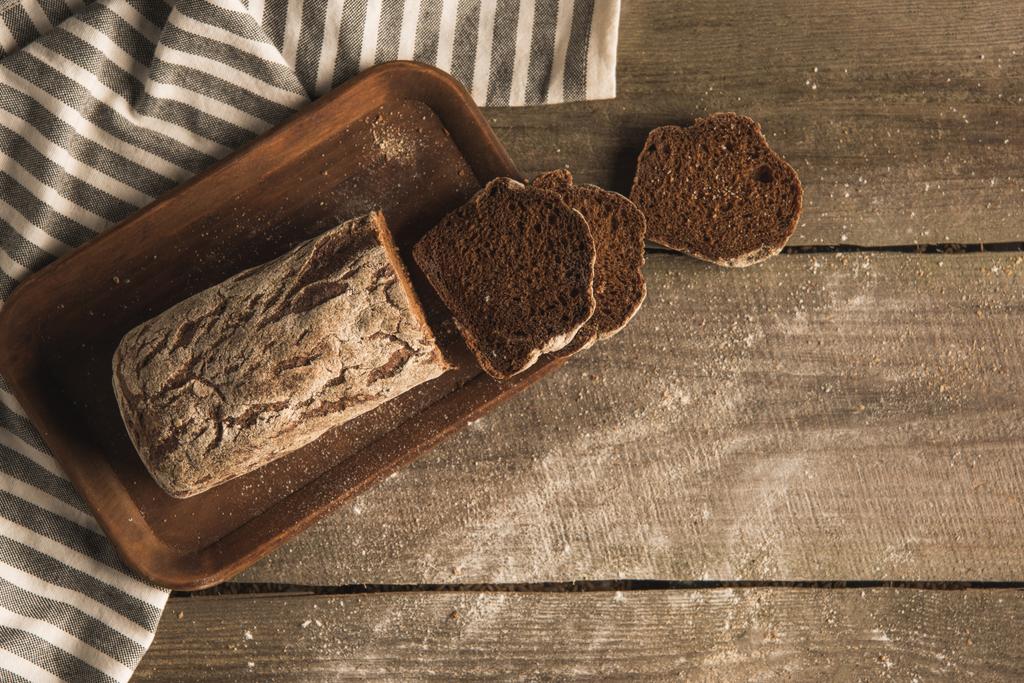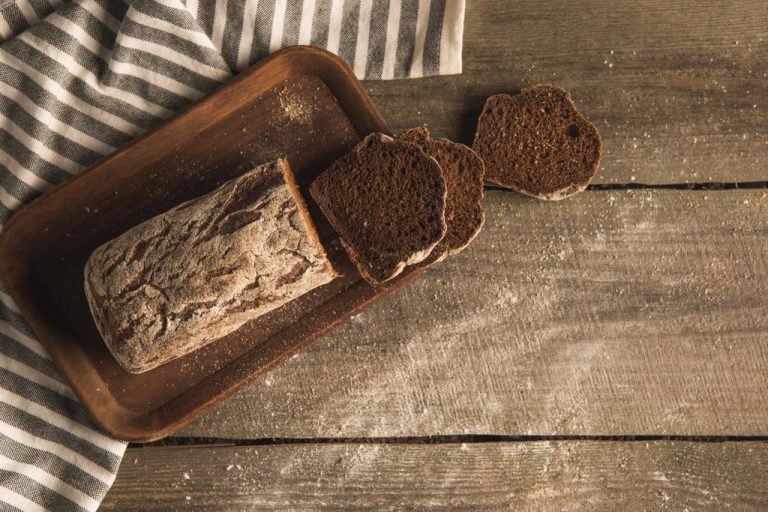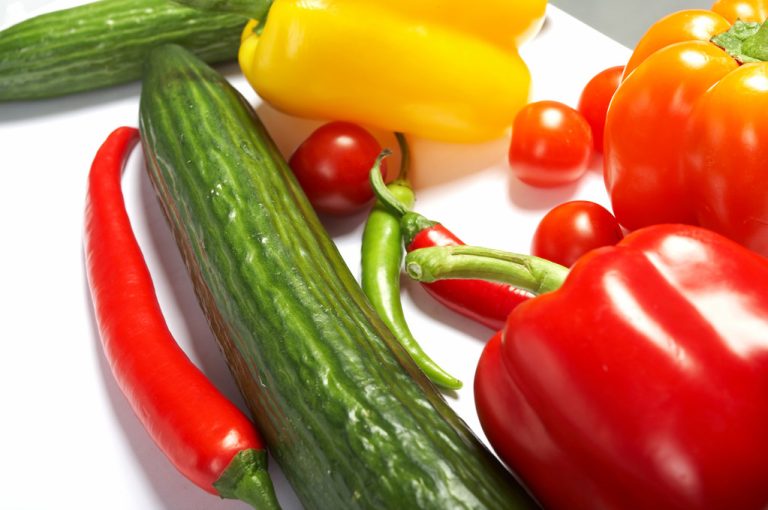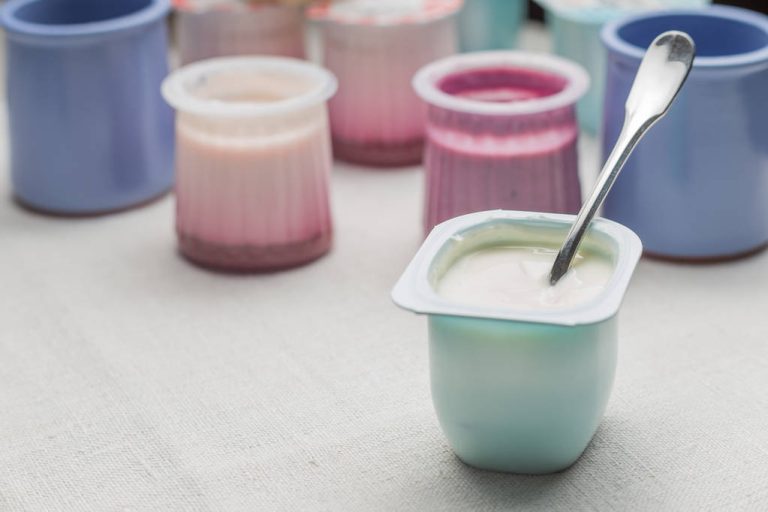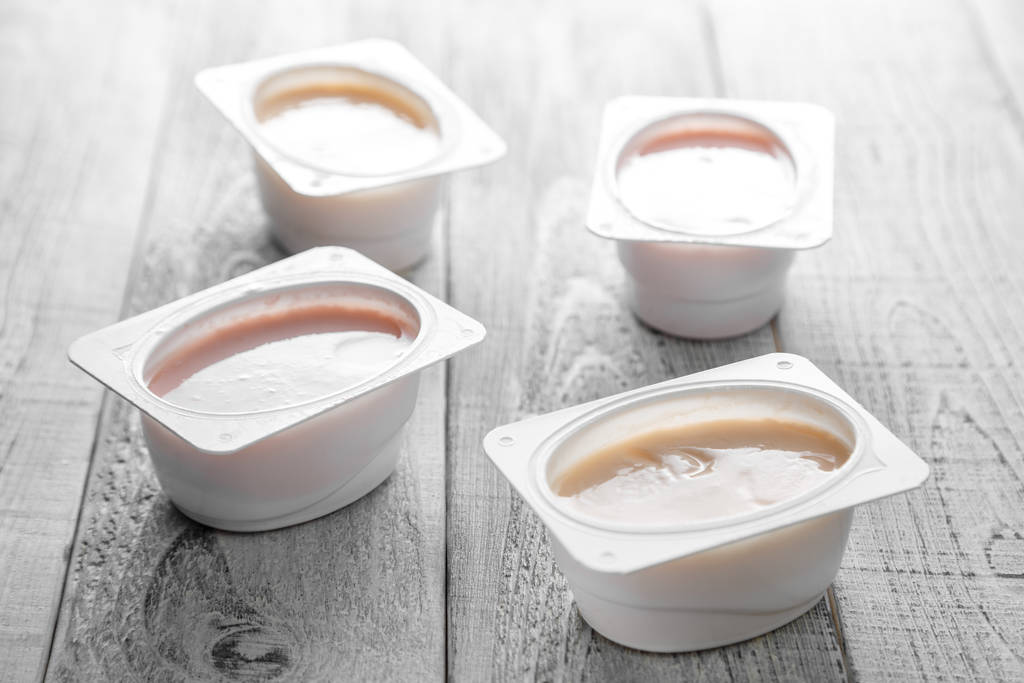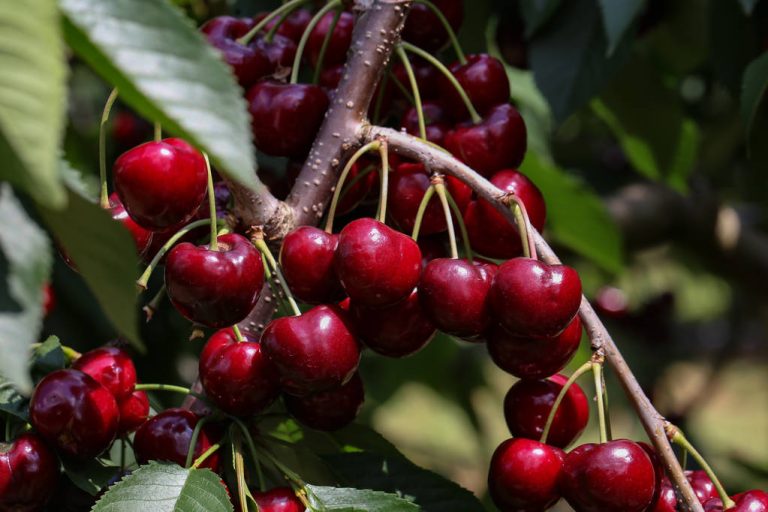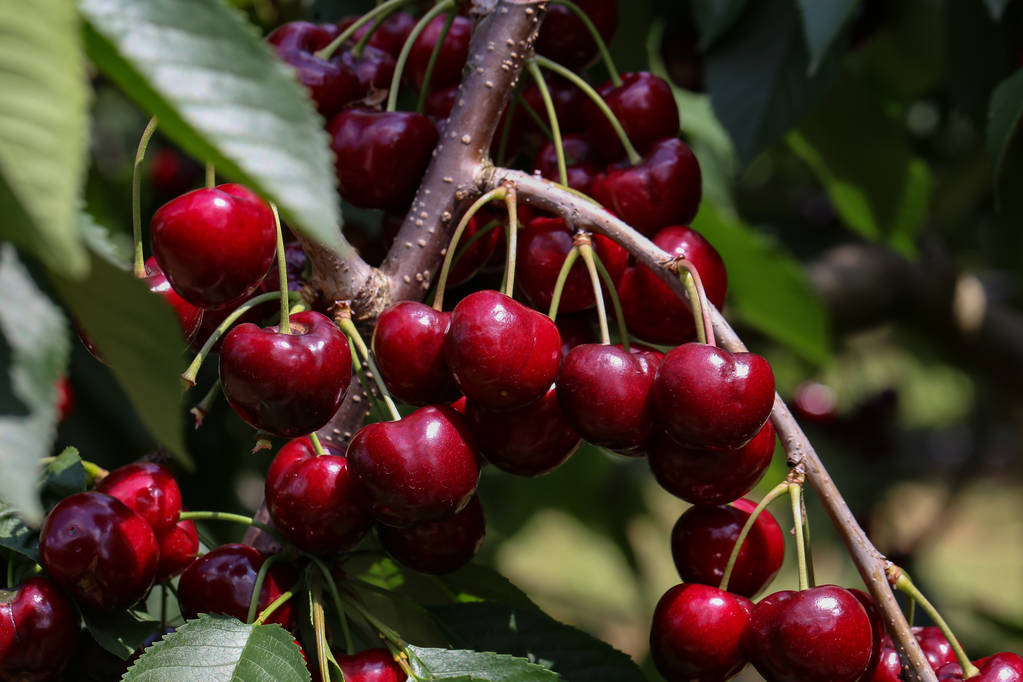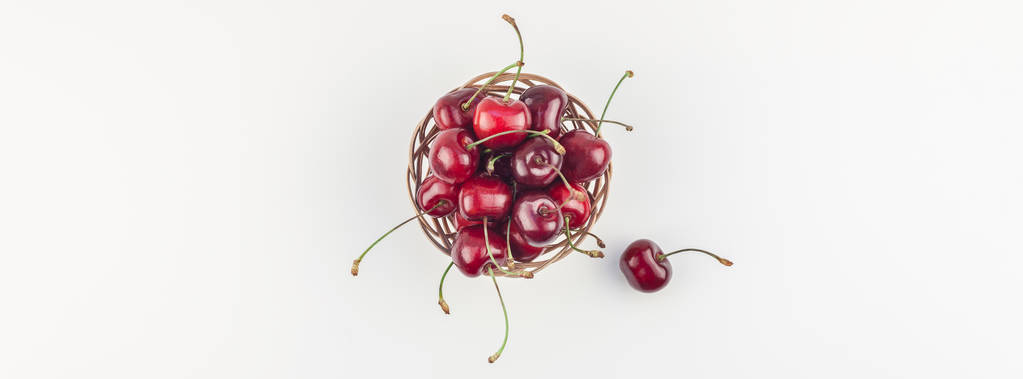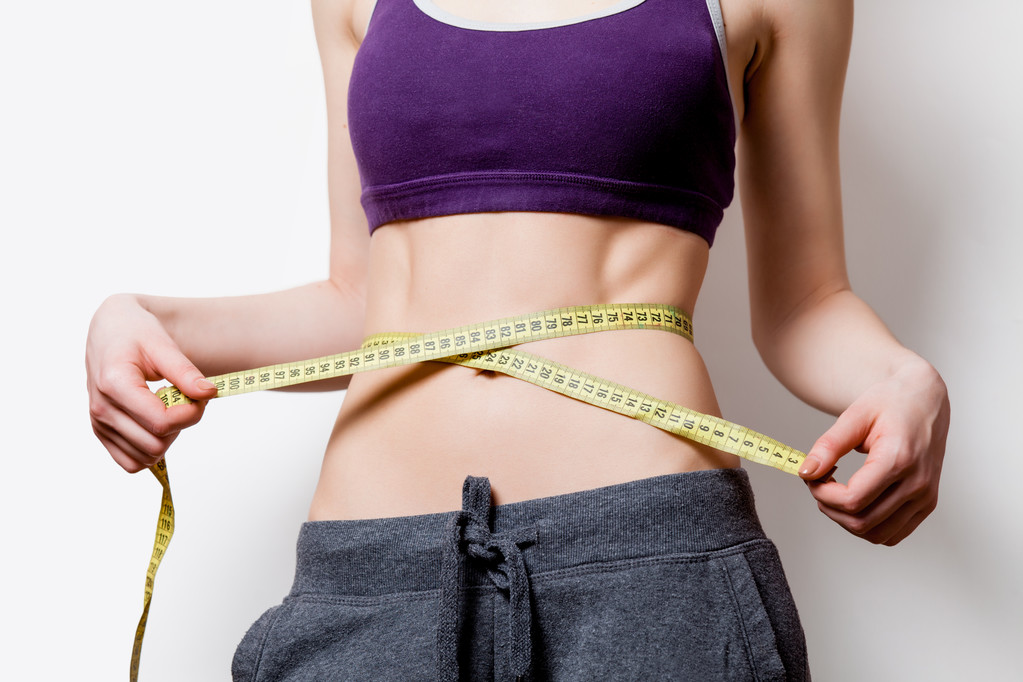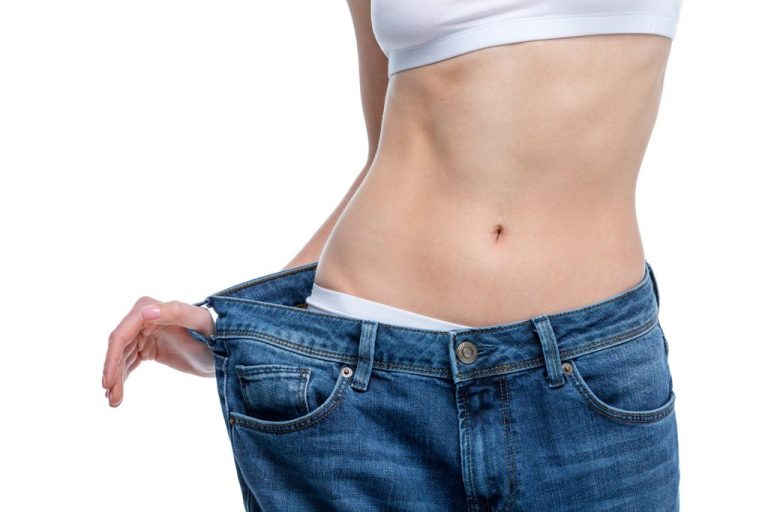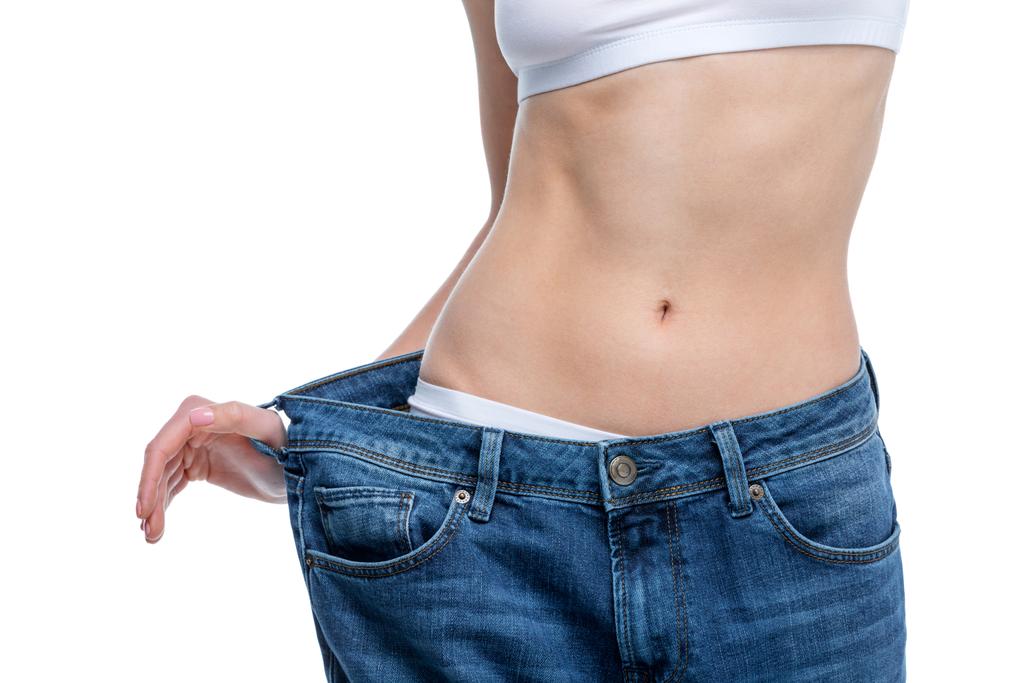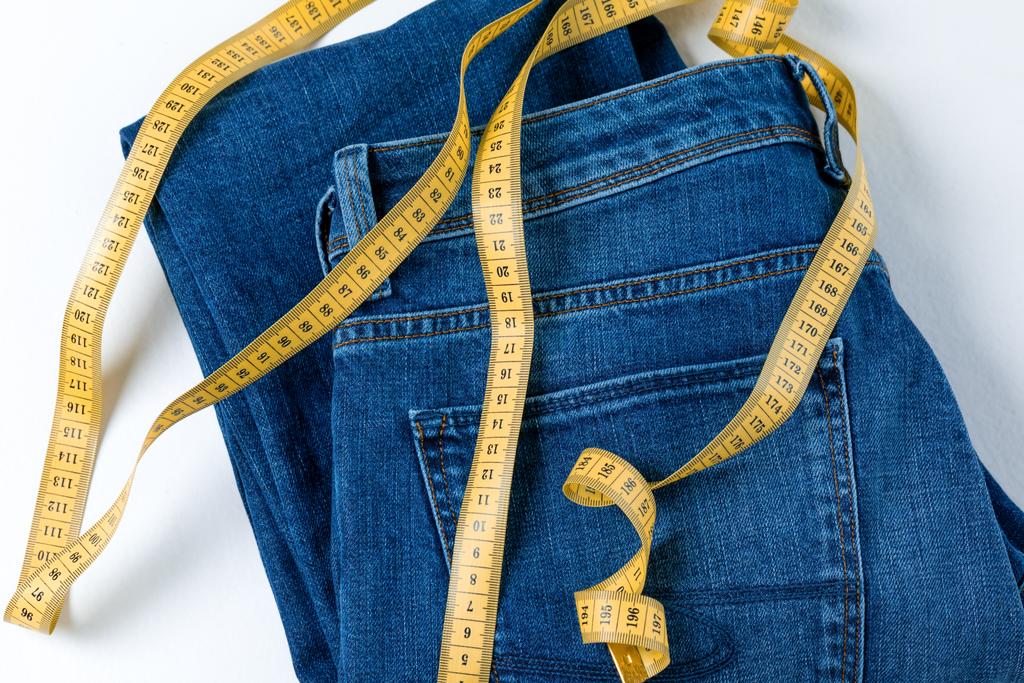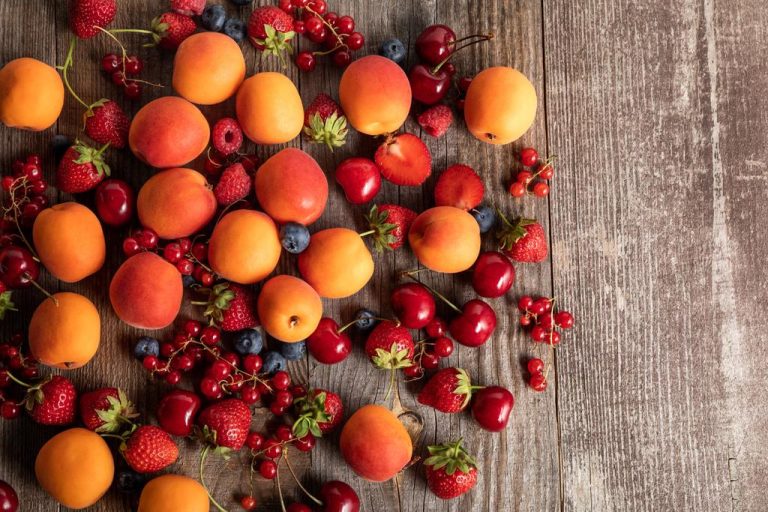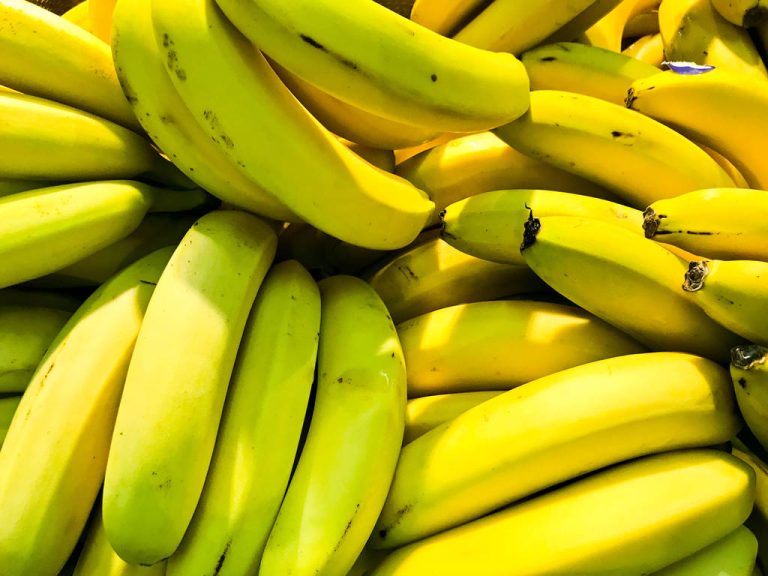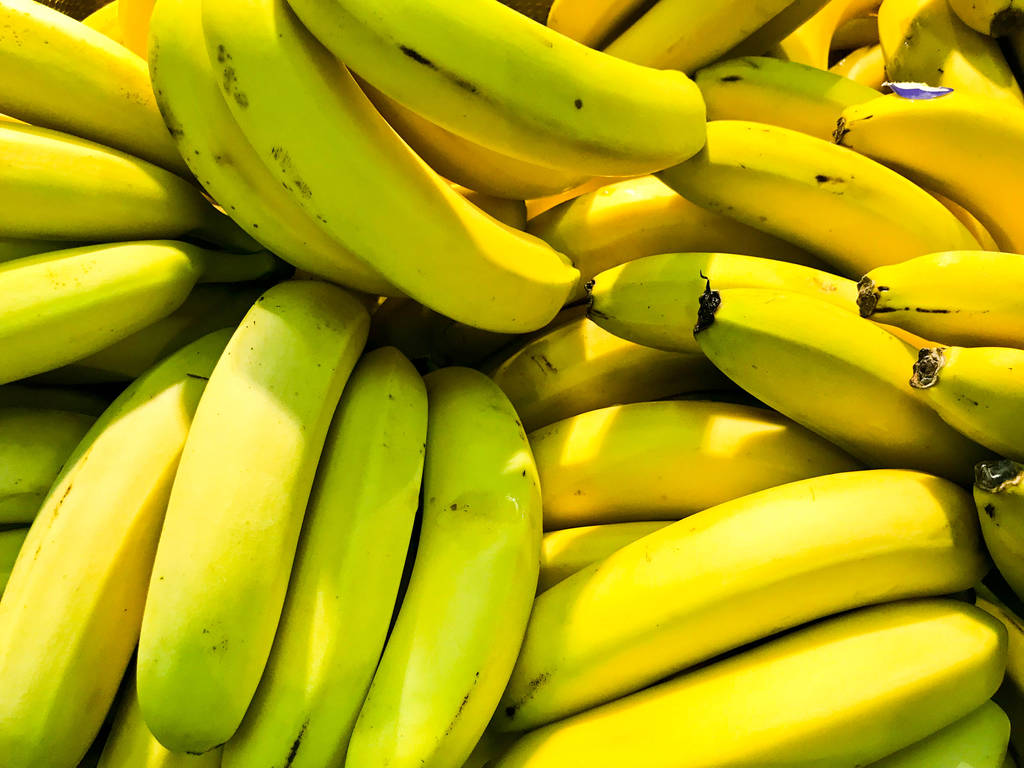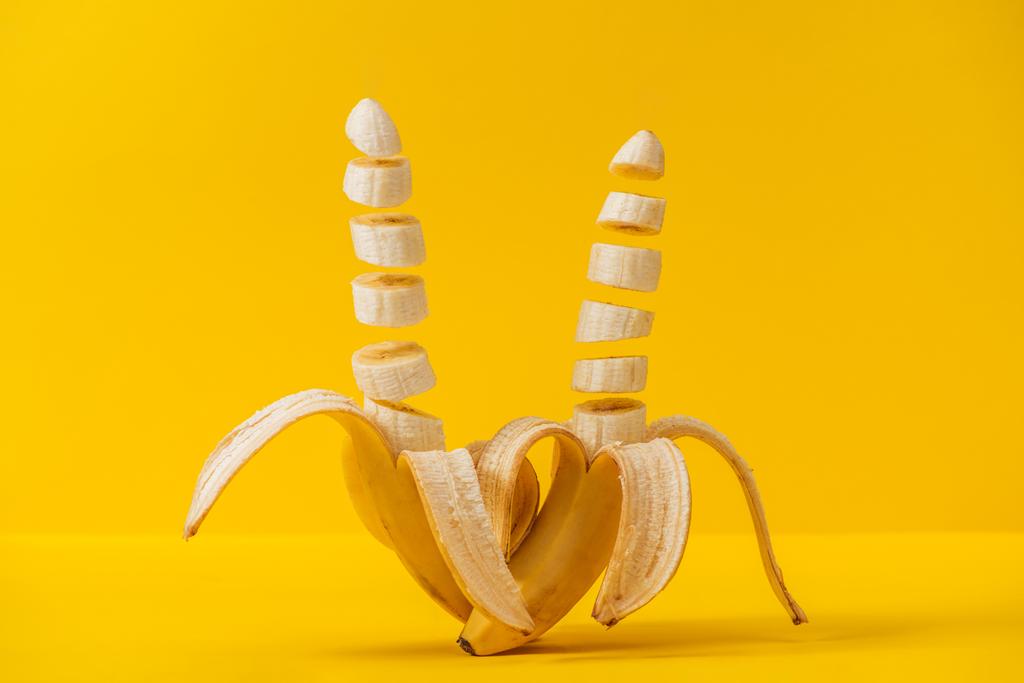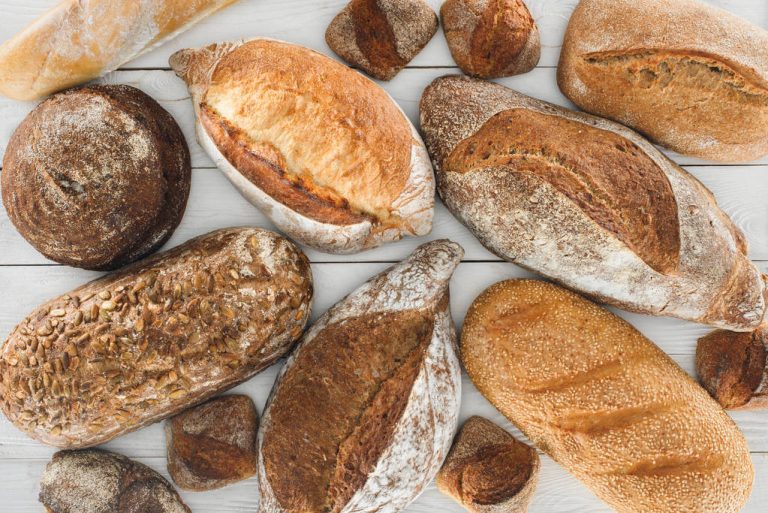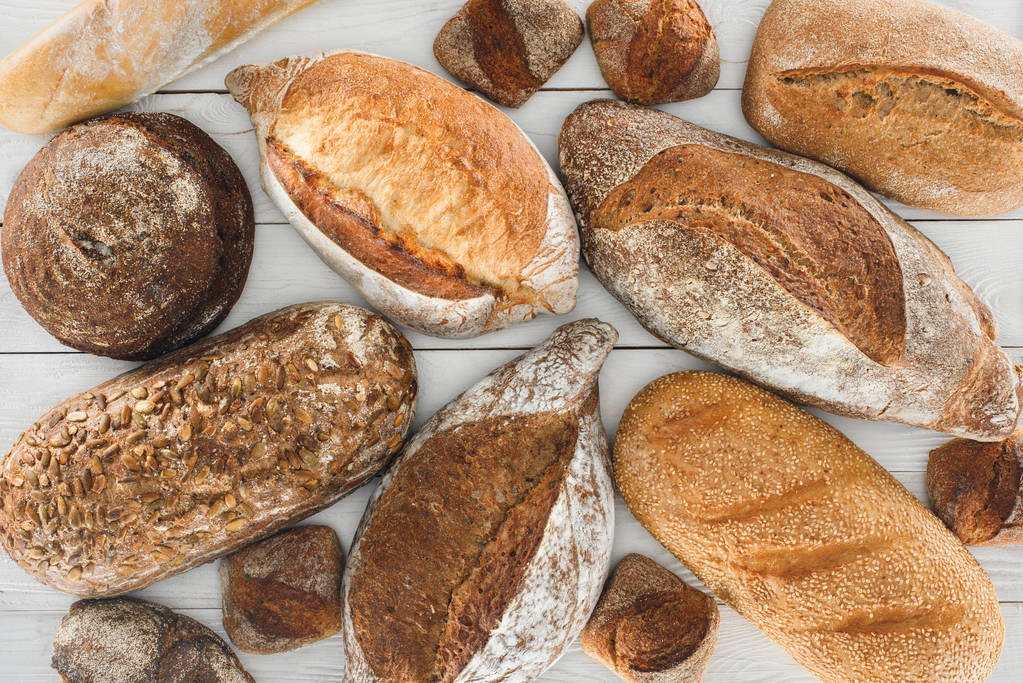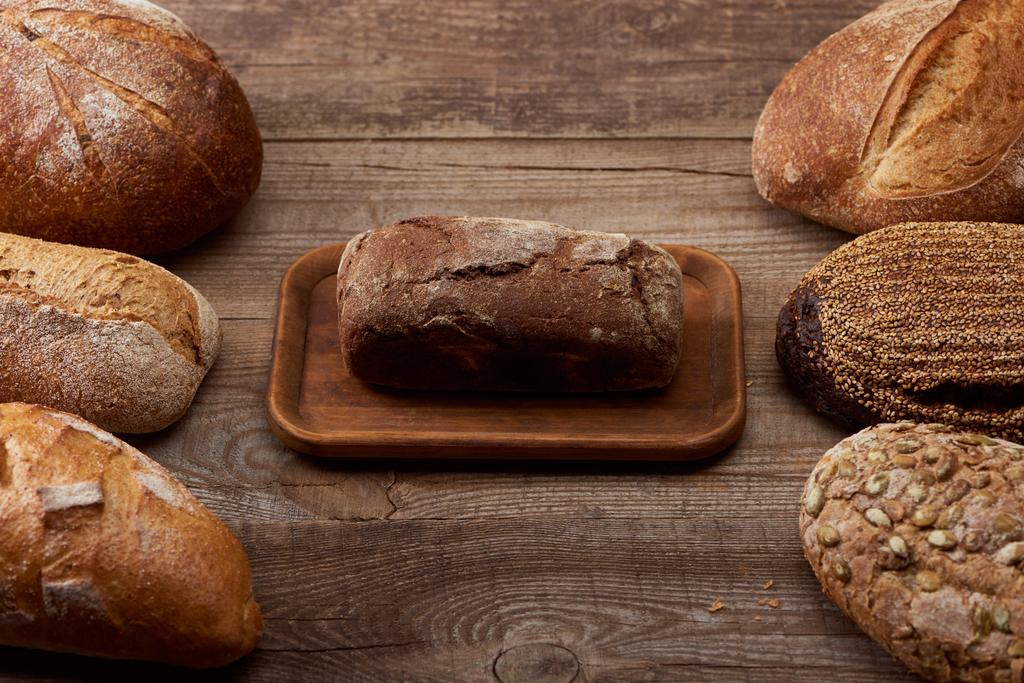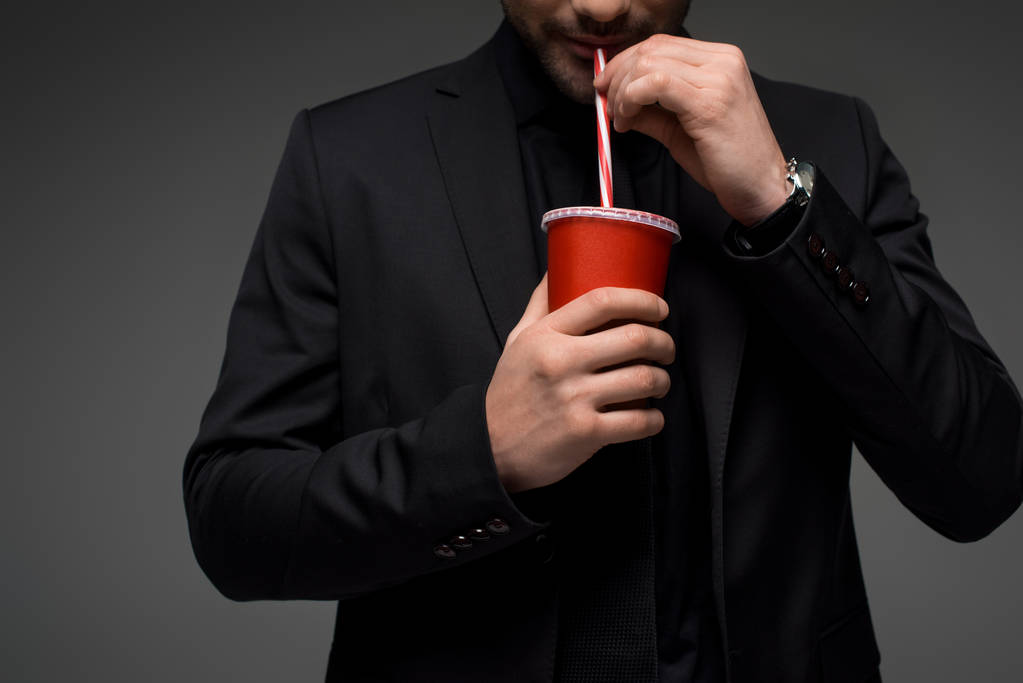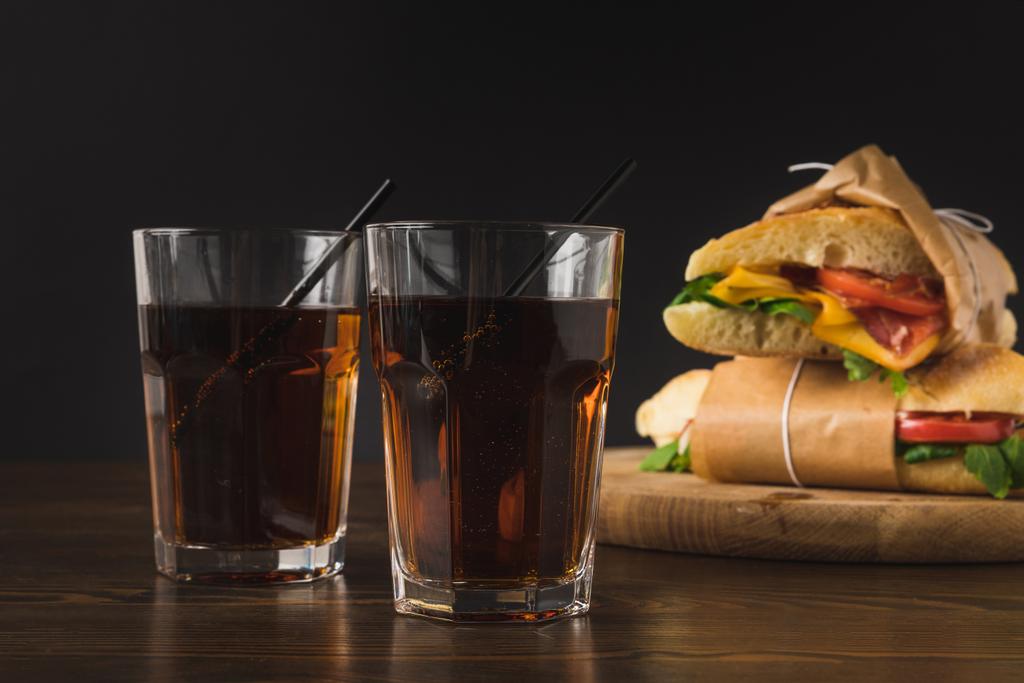High nutritional value and sweet taste: Fruit, freshly squeezed juices, dried fruit and smoothies are considered healthy and not fattening. But the fructose in it can be treacherous.
How healthy is fruit and how important is it for nutrition?
The German Society for Nutrition (DGE) advises eating two portions of fruit a day (1 portion = 125 grams of fruit). On the one hand, fruit contains less fructose than industrially sweetened products such as lemonades. Fresh or frozen fruit in particular is particularly rich in nutrients.
On the other hand, fruit is very rich in vitamins (B vitamins, vitamin C, carotenes), trace elements, secondary plant substances and minerals such as potassium or magnesium, which are essential for a healthy body. The dietary fibers contained in the fruit support digestion and can reduce the risk of dyslipidemia. Fruit therefore provides a lot of nutrients and, with a few exceptions, has comparatively few calories. Fruit is part of a healthy diet.
Unfortunately, the well-known smoothies that can be bought in almost every supermarket cannot replace fruit. They are composed quite differently – it is worth taking a look at the list of ingredients. They usually contain large amounts of juice or fruit juice concentrates, pulp or pureed fruit. Since smoothies almost exclusively use peeled fruit, they contain less fiber, vitamins or phytochemicals than fresh, whole fruit. Because many important nutrients are in and directly under the shell.
When can fruit make you fat?
Research into the effect fruit has on weight when a person eats a lot of fruit has shown that people who eat more fresh fruit are more likely to maintain their weight or even lose it. Eating fruit can also help people who are overweight to lose weight. So if you eat more fruit, you’re probably consuming fewer calories a day, especially if you replace a high-calorie meal with fresh fruit.
In summary, the study shows that eating fruit every day contributes to maintaining a healthy weight, but at most to a mild extent. The study results also confirm the recommendation of the DGE – two portions of fruit a day are recommended.
On the other hand, certain fruits can still make you fat in larger quantities. Different types of fruit contain very different amounts of calories and fructose. For example, there are 160 calories in 100 grams each of avocados. Bananas contain 89 calories and the frontrunner here are dates, which contain 282 calories per 100 grams. would you have guessed that? Low-calorie fruits, on the other hand, are:
Gooseberries (24 calories in 100 grams)
Strawberries (32 calories in 100 grams)
Grapefruit (32 calories in 100 grams)
Honeydew melon (36 calories in 100 grams)
Lime (30 calories in 100 grams)
Peach (39 calories in 100 grams)
How harmful is fructose?
Fructose occurs naturally in fruits and vegetables and is used as a sweetener in processed foods. Fruit sugar (fructose) affects our health insofar as regular consumption of a lot of fructose increases the amount of cholesterol particles in the blood significantly. In addition, as a result of high fructose consumption, the body’s cells react less sensitively to insulin, which means that the cells absorb less glucose, which in turn leads to an increase in blood sugar levels. In the long term, this can lead to diabetes.
But that’s not all: If large amounts of fructose have to be broken down, this indirectly increases blood pressure and can cause a slight inflammation in the vascular system – risk factors for heart attacks and strokes.
Researchers at Yale University in the United States found out using magnetic resonance imaging of the brain that fructose does not fill us up and the desire to eat remains. Equally unpleasant: fructose stimulates fat storage and is converted directly into fat. It is therefore quite possible to gain weight from fruit.
How do you identify processed fructose in products?
Many companies cheat when it comes to the sugar information on their products. Fructose is also not clearly recognizable on many food packaging. On the list of ingredients for foods, you can find fructose under the following names, for example:
fruit sugar/fructose
fructose syrup
Fructose-Glucose Syrup
glucose-fructose syrup
You will find a significant amount of fructose, especially in dried fruit and fruit juices. Honey and fruit sweeteners are also rich in fructose. Unfortunately, you will not find out exactly how much of it is contained in the food, because fructose does not have to be shown separately in the nutritional labeling. It falls under the indication “sugar”.
By the way: Even the label “sugar-free” or “sugar-free” can be misleading – the alternative sweeteners are often unhealthier than real (fruit) sugar.

Healthy sweetening alternatives
Sugar in any form can therefore be quite unhealthy. Especially the foods in which you don’t expect any sugar at all. If the consumption accumulates here, abdominal fat or certain symptoms of illness are the result. If you want to protect yourself from this, you should cook for yourself more often and use fewer ready-made products. On the other hand, sweetening alternatives in reasonable quantities are a good way to enjoy sweetness and stay healthy at the same time:
honey
agave syrup
maple syrup
erythritol
Stevia
sugar beet syrup
Conclusion: Pay attention to the right amount of your (fruit) sugar consumption. Anyone who eats a healthy diet and regularly eats different types of fruit will suffer less damage and instead benefit from the numerous nutrients and thus positive effects of fruit.
